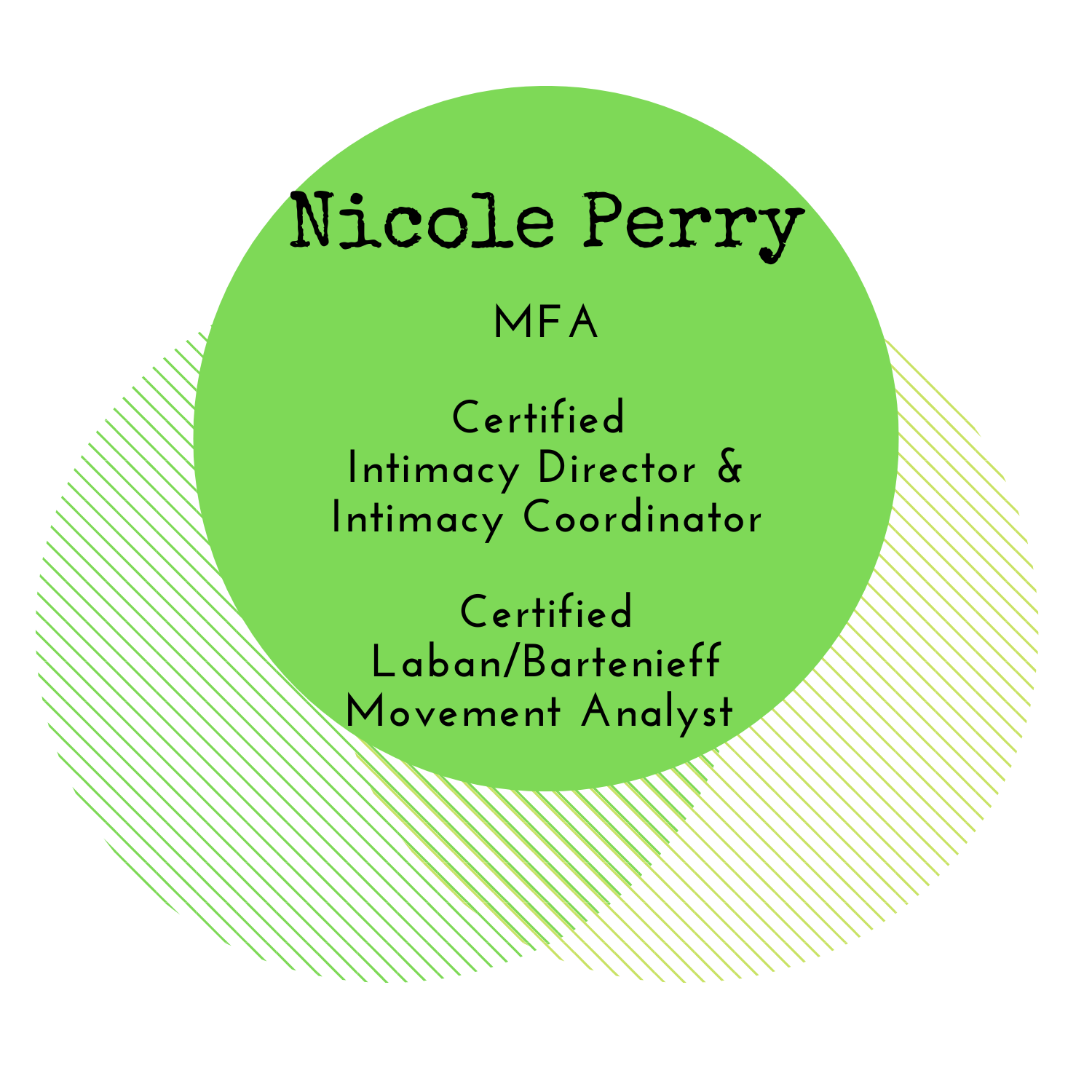I’ve been thinking a lot about collaboration and how that works in choreography.
I’ve had the pleasure of working with professional choreographers for both theatre and concert dance, and of being a choreographer for both theatre and concert dance.
Often, the idea of a “choreographer” is one who comes in, with the dance fully envisioned, and ready to teach it to the willing dancers, who take it on and become vessels of the “the art.” This is choreographer as a top-down role; perhaps a teacher or a creator, but definitely NOT a collaborator.
Collaboration can only happen in the room, with the people involved. If I come in already knowing all the answers or “the way” to do it, I’m not collaborating. Collaborating is about finding out what other possibilities exist, that we never could have imagined on our own.
There are times I absolutely do “set” choreography- most often this occurs when the ensemble has to be in unison together. Creating and then teaching choreography is the most efficient way to ensure that everyone is doing the same thing, in the same way. Setting choreography can also be really supportive of a performer who maybe doesn’t identify as a “dancer,” or a “strong dancer.”
But a lot of times, I co-create choreography.
With the KINesphere dances, which I’ve received grant funding for 3 times in the past 5 years (every time I’ve requested it, to be clear), the process is extremely co-creative. I come in with ideas. The dancer begins moving those ideas. We find new movement based on HOW they move the phrase, or what’s interesting to them in the phrase, or the setting, or the weather, or a movement they brought with them.
With musical theatre pieces, I include a lot of “character moments.” In ensemble numbers, that might be me “setting” choreography, and then coming to a certain part of the song and saying “make a pose for your character in this moment” or “how would your character leave the stage?” Or, especially for solos, it might be me giving “landmarks”— for example, “on this word do this, and for this chorus do this”— but leaving the rest of the number open for acting choices.
In a really condensed rehearsal process, this way of working would be difficult, if not impossible. In large ensemble shows, the same is true. And, that’s probably one of the reasons I don’t get asked to choreograph a lot of musicals. People know that my way of working wouldn’t fit those scenarios well.
And there’s nothing wrong with that. I love the way I work. I love finding moments I never would have discovered or created on my own. And my choreographic style is my own, and maybe different than folks are used to encountering. But that doesn’t make it wrong, or bad, or even less rigorous or technical than setting choreography.
Perhaps it is even more rigorous, because working with me requires you to come ready to share, rather than be filled. Working with me asks that you know your body and can make embodied choices. Or at least be open to all of those things.
So, I’m thinking about trading in the title “choreographer,” and going with “movement co-creator,” or something…..
